- Membership Resources
- State Chapters
- Education/Events
-
Advocacy/Policy
- Home Care Workforce Crisis: An Industry Report and Call to Action
- Advocacy Fund
- State of Home Care: Industry at Crossroads
- Home Care Workforce Action Alliance
- Caring for Seniors: Value of Home Care
- Home Care by the Numbers
- Issues & Positions
- Legislative Action Network
- State Legislation Tracker
- Federal Legislation Tracker
- 2024 National Advocacy Day
- About HCAOA
- Find a Job
Prevent a Silicon Valley Bank Crisis for Your Business - How to Protect Large Deposits over $250K5/9/2023 Insights from HCAOA Partner Polsinelli PC Business owners watched the collapse of Silicon Valley Bank and others with horror over the past two months. HCAOA reached out to law firm Polsinelli seeking insight on how members could weather this financial storm and keep their businesses safe. Polsinelli Office Managing Partner Phil Feigen and highly-experienced financial attorney Larry Harris provided the recommendations below. Individuals and businesses with total cash deposits in excess of $250,000 have several methods for avoiding or limiting risk of loss upon the failure of a depository bank.
At the end of the business day, the depository bank moves funds from the deposit customer’s account to an investment vehicle that is not a deposit account. These investment vehicles include:
Caution: There are a variety of ways that banks offer and manage the solutions described above. For instance, sweeps to money market accounts can be to an external provider of money market securities, or to a money market fund maintained by the bank; and cash could be deposited to an internal account at the bank for purchase of the money market securities (whether for an internal or external fund) or to an account outside of the bank. Further, the timing of when funds are moved, and how that matches or does not match with the time that the FDIC uses for determining deposit account balances, is complex and dependent upon variables the depositor (and even the bank) cannot control. Repo Sweeps and off-setting loans seem to offer the least risk that timing of events would thwart the use of a sweep account to avoid deposit account balances in excess of the $250,000 limit. Note too that in the highly unusual circumstance of a mid-day closure, a sweep account may not provide protection from the insurance limit. AuthorPhil Feigen is the Office Managing Partner for Polsinelli PC’s Washington, DC office. Phil is a member of the Business Department and the Securities and Corporate Finance practice group. He has provided guidance with respect to investment funds, Small Business Investment Companies, and other Small Business Administration regulations for more than 25 years.
1 Comment
6/1/2023 11:20:29 am
Thanks for sharing these helpful tips on protecting large deposits for businesses. It's crucial to be aware of the FDIC insurance limits and consider diversifying deposits across multiple institutions to mitigate risk. This article provides valuable insights for safeguarding business funds. Great job!
Reply
Leave a Reply. |
Archives
July 2024
Categories
All
Upcoming Events |
|
Phone: 202-519-2960 | 444 N. Capitol Street NW, Suite 428 | Washington, DC 20001
[email protected] | sitemap © 2024 Home Care Association of America. All Rights Reserved. | Privacy Policy | Refund Policy |
|

 RSS Feed
RSS Feed
